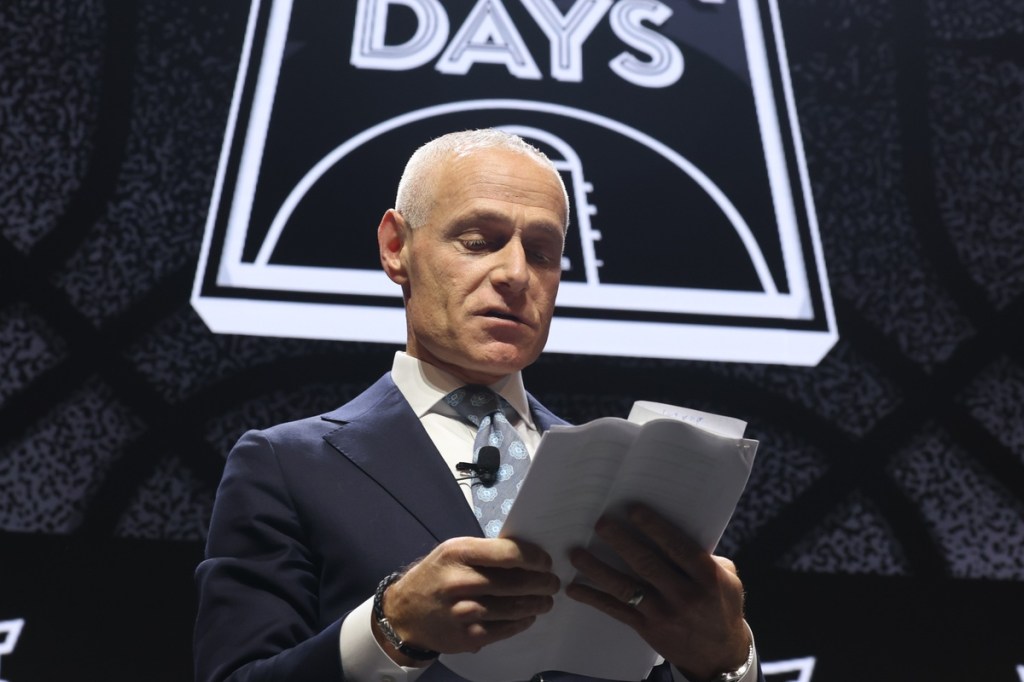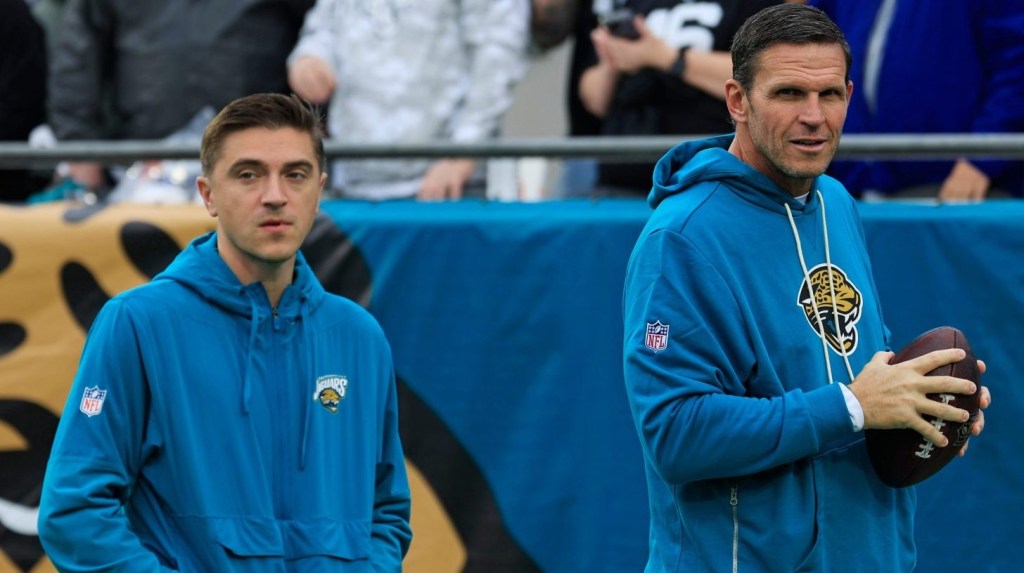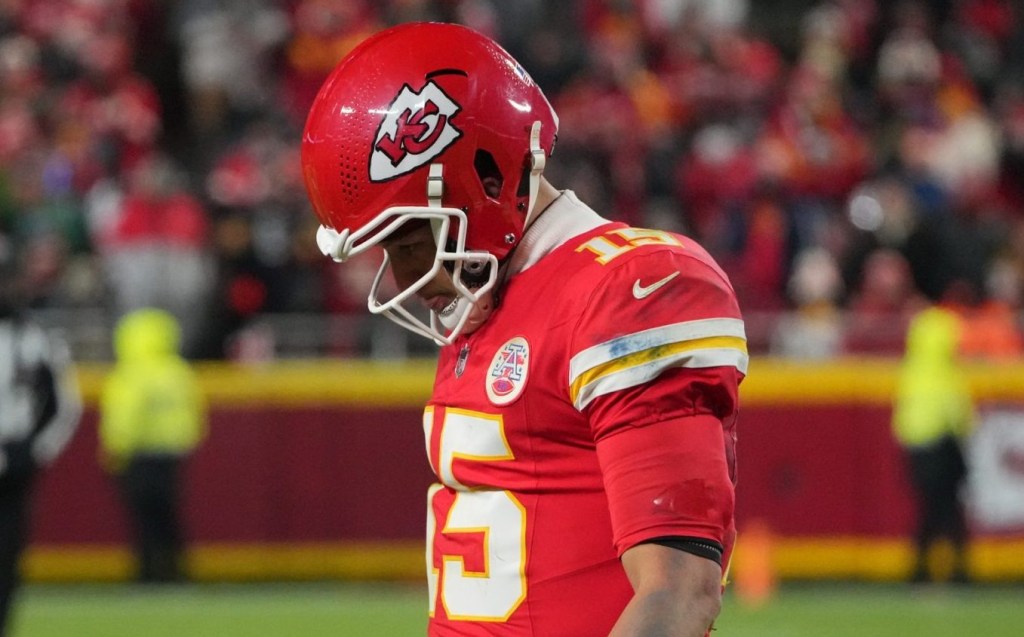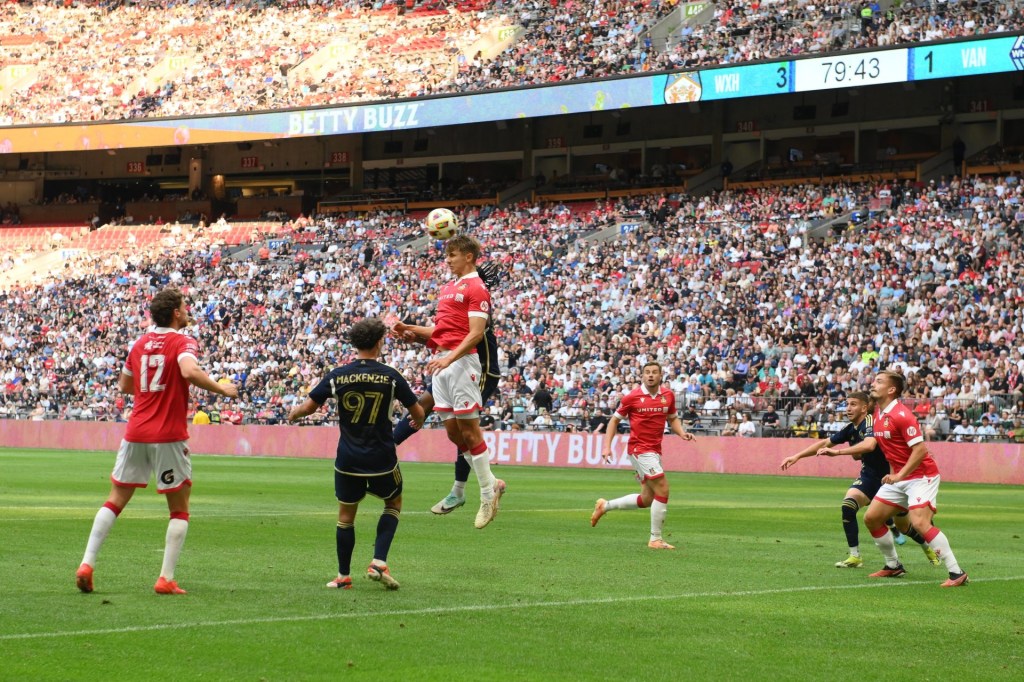The Yankees remain in the midst of a 16-year championship drought, the third-longest such run in franchise history, and they have multiple holes in their roster. Despite that, managing general partner Hal Steinbrenner said the club’s player payroll could decrease for 2026.
Speaking with reporters by Zoom, Steinbrenner said it would be “ideal” if the Yankees found a way to trim their $319.2 million luxury-tax payroll from 2025, an outlay that ranked third in Major League Baseball behind the World Series champion Dodgers and the Mets.
“Would it be ideal if I went down [in payroll]? Of course,” Steinbrenner said. “But does that mean that’s going to happen? Of course not. We want to field a team we know could win a championship—or we believe could win a championship.”
More than a month after Yankees GM Brian Cashman insisted the club’s offseason operations would be “business as usual,” Steinbrenner largely reiterated that strategy, saying they will look to add to the roster, but that there is no set budget for 2026. That sentiment arrives despite rising fan unrest in New York and the looming possibility of a reformation of MLB’s economic structure as the league enters labor negotiations next year with the MLB Players Association.
“We can talk before [Cashman] goes into the Winter Meetings about a [payroll] range, but because it’s a fluid situation, that range can go bye-bye in two seconds if there’s a deal that arises that I feel would be very beneficial to some area of need that we have. It’s hard to give you a number,” Steinbrenner said.
Outfielder Trent Grisham recently accepted a one-year qualifying offer worth $22.025 million to remain with the Yankees. Otherwise, the team still has multiple needs in the infield and bullpen, and outfielder Cody Bellinger is a free agent, part of a robust class of available talent this offseason. Bellinger is represented by powerful player agent Scott Boras.
Labor and Economics
Steinbrenner’s media session then grew somewhat more tense when he faced questions about the club’s financial outlays given a rising revenue situation across the sport, and the Yankees’ strong off-field performance that included ranking third in MLB attendance this year behind the Dodgers and Padres and viewership on the YES Network that grew 5%.
Forbes has estimated that the Yankees generate more than $700 million in annual revenue.
“I don’t want to get into it. But that’s not a fair statement or an accurate statement,” Steinbrenner said when asked about the Yankees turning a profit this year. “Everybody wants to talk about revenues. They need to talk about our expenses. … Nobody spends more money, I believe, on player development, scouting, performance science. These all start to add up. If you want to go look at the revenues, you’ve got to somehow try to figure out the expense side as well. You might be surprised.”
Like many MLB clubs, the Yankees’ finances as a private organization are largely opaque, and the separate holding structure for the YES Network, led by the Steinbrenner family, further complicates the situation. The Braves are the only MLB club to operate as its own publicly traded entity, and that team posted an adjusted profit of $67.2 million for its most recent quarter while also declaring itself a “win-now” franchise.
While MLB has yet to finalize a bargaining proposal to present to the MLBPA, Steinbrenner conveyed support for a salary floor—something typically connected to a cap that the union has long resisted.
“Something that would be reasonable enough that it would improve competitive balance significantly in the sport,” Steinbrenner said when asked about a potential floor. “Many fans already argue it’s not been enough.”

















